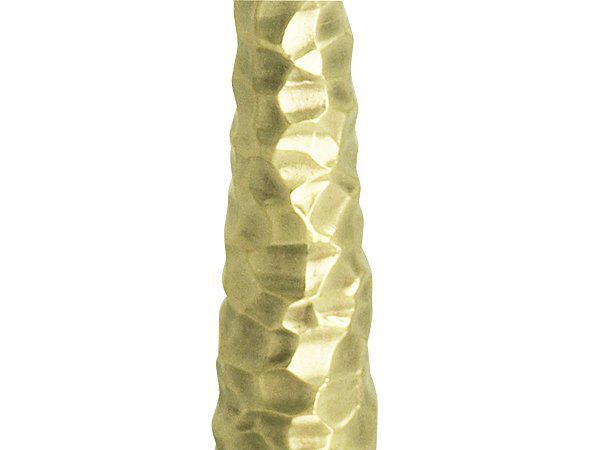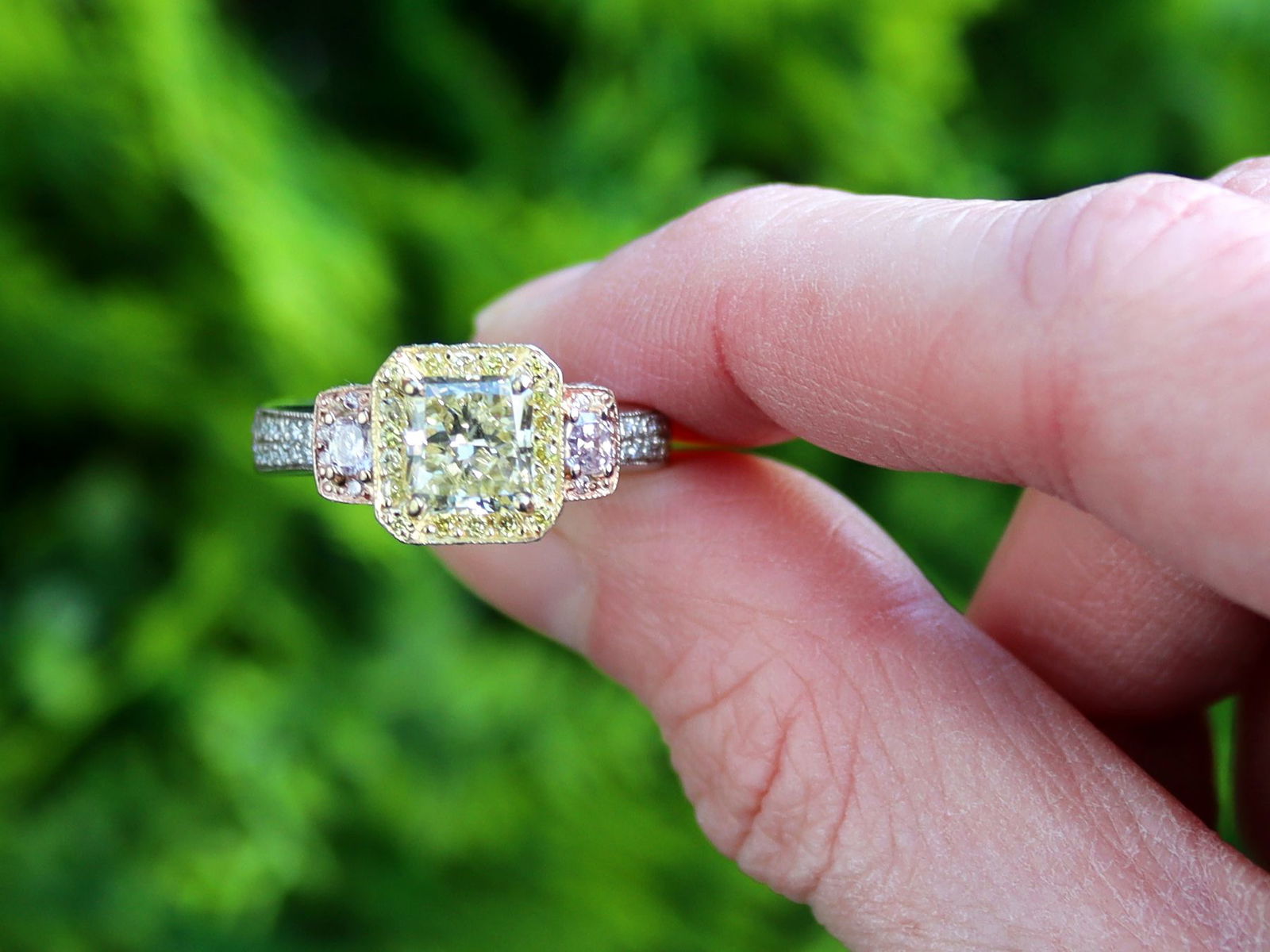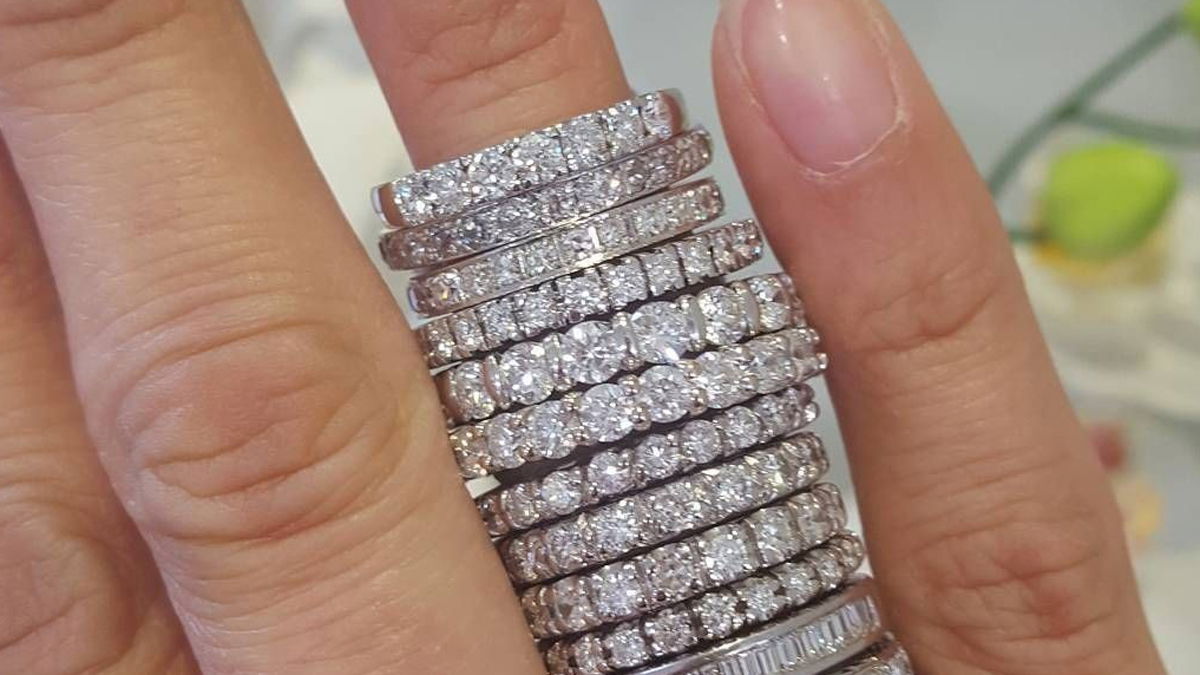Otherwise known as Vermeil (pronounced ver-may), the technique of silver gilding refers to objects which have a silver core but have been coated with a thin layer of gold foil to give the impression of solid gold. Many different techniques have been implemented over the centuries to achieve this effect and it has been utilised to create various styles of decoration on ornaments and pieces of jewellery.
Requirements:
There are some variations in what we deem official silver gilt, however some requirements are generally acknowledged throughout the world of antiques:
- The preferred base metal is sterling silver.
- The layer of gold must be at least 14 carats.
- The layer of gold must be at least 2.5 microns (approximately 1⁄10000 of an inch) thick.
As long as these requirements are achieved various techniques can be used…
Techniques

It is difficult to trace the exact origin of silver gilding as different techniques were developed at various stages of history, but there is evidence of silver gilt objects being made since ancient times.

The common method used from the 19th Century, fire-gilding or ‘Ormalu’, was believed to have been invented by the Italian chemist Brugnatelli in 1805. This technique involved applying a solution of mercuric nitrate to the silver followed by an amalgam of gold and mercury. The item would then be exposed to extremely high temperature s until the mercury was vaporised and only the thin layer of gold remains stuck to the silver item.
This technique was widely used despite the dangers it involved which included gilders going blind and most didn’t live past the age of 40 due to the poisonous fumes released from the mercury.
Another similar technique known as ‘Keum-boo’ was favoured by Korean gilders. This entailed silver depletion gilding which meant bringing the fine silver up to the surface of the item by repeated heating. After this, the item would be quenched in water and then pickled until white. Next the item would be heated at a constant rate using either fire or a hot plate. The item could then be brass brushed with soapy water before applying a thin layer of gold foil and pressed down with a steel burnisher to fix it in place.
The current technique used to create silver gilt is ‘electroplating’, a process using electrolysis: the silver item and the bar of gold are put in a electrolytic solution and an electric current is passed through them- this process results in the gold ions being deposited onto the silver object, leaving a thin layer of gold fixed to the surface of the item.
What are the benefits?
There are many advantages to an object that consists predominantly of silver but give the illusion of being solid gold. For one it is substantially less expensive both to produce, making it a far more affordable purchase for people who still desire the gold aesthetic. It is also far lighter which is particularly useful when it comes to building statues. Finally, silver gilt is much stronger than solid gold, hence the reason why people sometimes used to bite gold coins to test their authenticity.
Historical references and uses
References to silver gilt can be found in works such as Homer’s Odyssey- one of the earliest pieces of literature known to man, showing that silver gilt has been used on items from at least around the 8th Century.


It is sometimes difficult to trace the exact date and origin of silver gilt items, but a helpful way to try and identify the age of the object is by looking at the areas of gilt. At some points in history parcel gilding was popular; this meant gilding in specific areas rather than covering the whole item. Also it is only common to find gilding on the underside of items that have been made in the contemporary as this practice was not frequent until the introduction of electrolysis.
Silver gilt also varied in popularity from country to country as well as throughout time. For example in 17th and 18th Century Holland gilding was an exception to the norm, whereas it was used far more frequently during the same period in Germany.
It is also possible to identify the technique used on the items by noticing the chipping of small gold particles which only occurs objects that have been created using fire gilding. Gilding through electrolysis tends to gradually fade and eventually disappears rather than chip.
Gilding is used on many items and in different ways, for both aesthetic and practical reasons. For example it was often only used on the interior of drinking glasses due to some concern over the chemical compounds used to clean tarnish from silver. It is also used in iconic items such as all Olympic gold medals (since 1912) and some of the crown jewels.

Enjoy browsing our own vast collection of silver gilt items at AC Silver.





